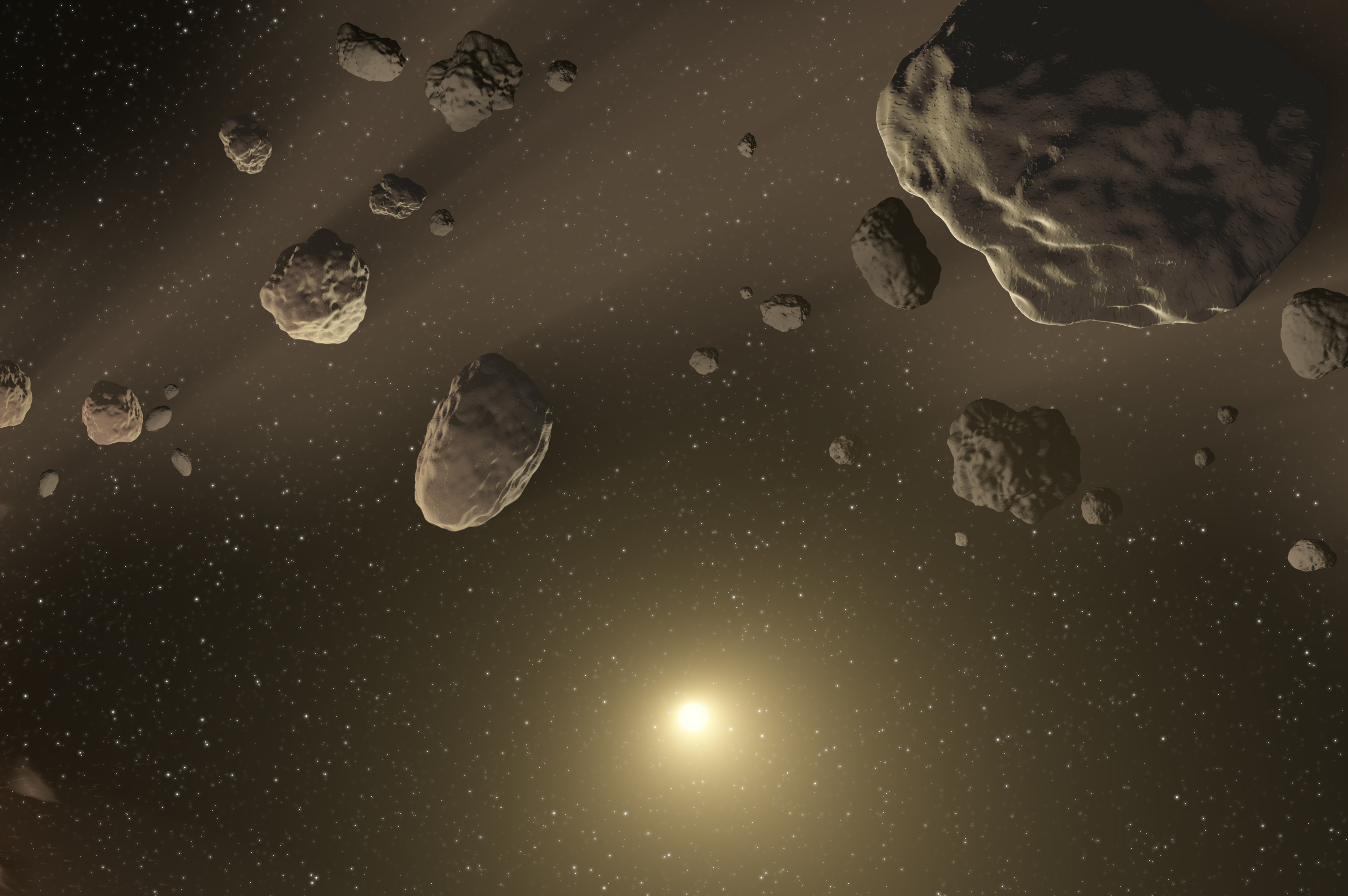
The formation of carbon in space laid the foundation for life
Scientists are constantly working to untangle the mysteries of the universe, from the evolution of early Earth to the evolution of hydrocarbons in space.
Now, a team of researchers led by the University of Hawaii at Manoa are one step closer to understanding how carbon originated in the universe, and how pyrene and graphite evolve into disk-like structures in space.
The study was published in the journal Nature Astronomy and helps explain how pyrene, part of a family of compounds called polycyclic aromatic hydrocarbons (PAHs), is present in some meteorites. PAHs account for approximately 20 percent of all carbon in our galaxy.
The compound is the result of molecular rings fused together, and these rings are crucial to understanding how certain chemical processes work to create different structures.
“This is how we believe some of the first carbon-based structures evolved in the universe,” said Musahid Ahmed, a member of the research team. “Starting off from simple gases, you can generate one-dimensional and two-dimensional structures, and pyrene could lead you to 2-D graphene. From there you can get to graphite, and the evolution of more complex chemistry begins.
Ahmed is a scientist at Berkeley Lab’s Chemical Science Division and worked with a team of fellow researchers to conduct experiments using Berkeley’s Advanced Light Source (ALS).
The researchers examined the chemical reactions that came from a combination of a complex hydrocarbon known as the 4-phenanthrenyl radical. The hydrocarbon has three rings and is made up of 14 carbon atoms and nine hydrogen atoms.
At the ALS lab, the research team injected the gaseous mixture in a microreactor that heated the sample until its temperature was similar to the proximity of a star.
While the mixture was heated, the ALS was used to focus a beam of vacuum ultraviolet light onto the gasses.
The chemical process that followed was then monitored and analyzed, and later calculations confirmed that pyrene could be produced during these kinds of reactions.
The key is the rings present in PAHs and the researchers proved that pyrene could form from a three-ringed structure.
Future studies will be needed in order to assess how pyrene and graphite play a role in the foundation of all life on Earth, but with this the researchers have made an important step forward.
—
By Kay Vandette, Earth.com Staff Writer
Image Credit: NASA/JPL-Caltech













